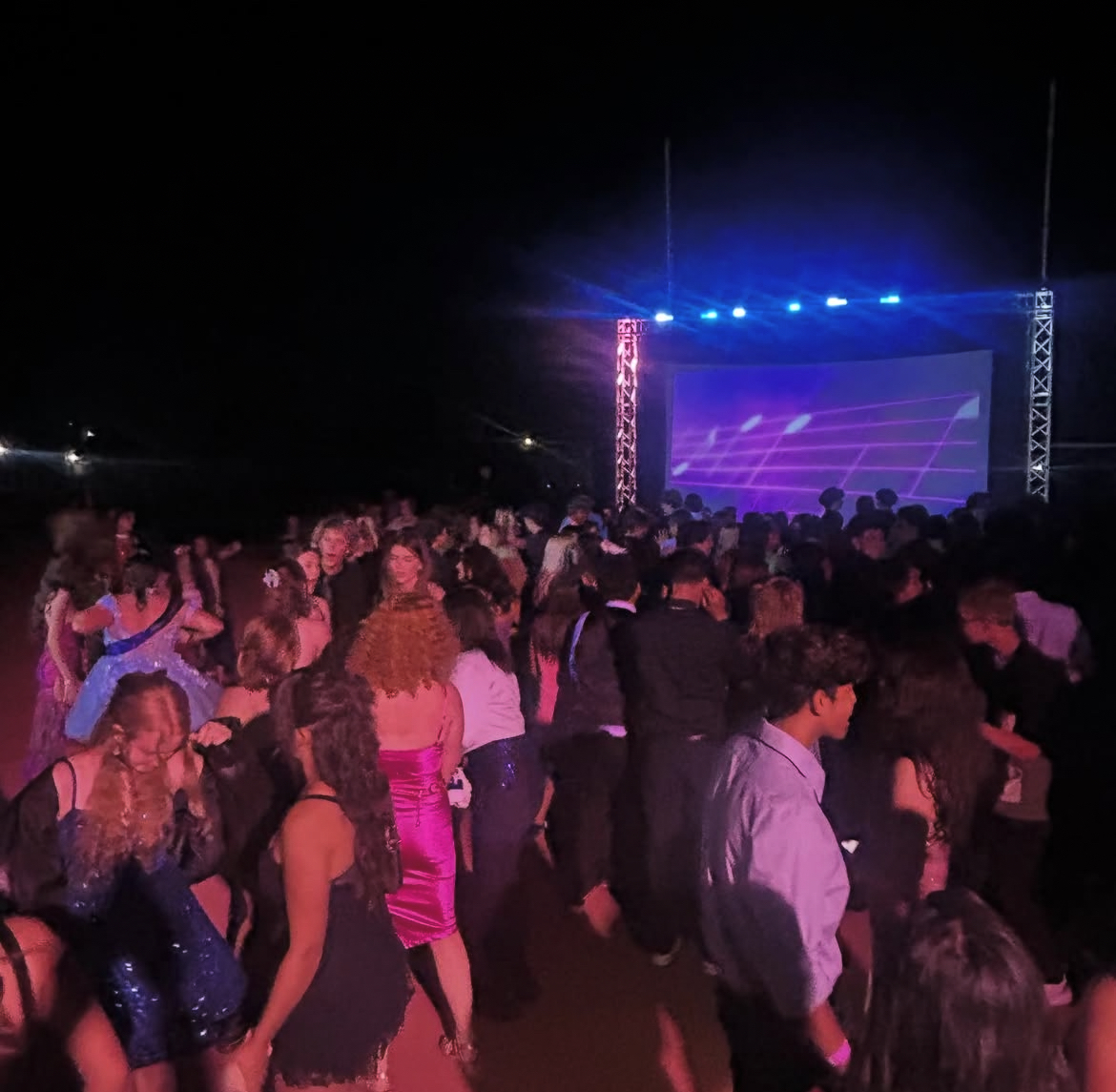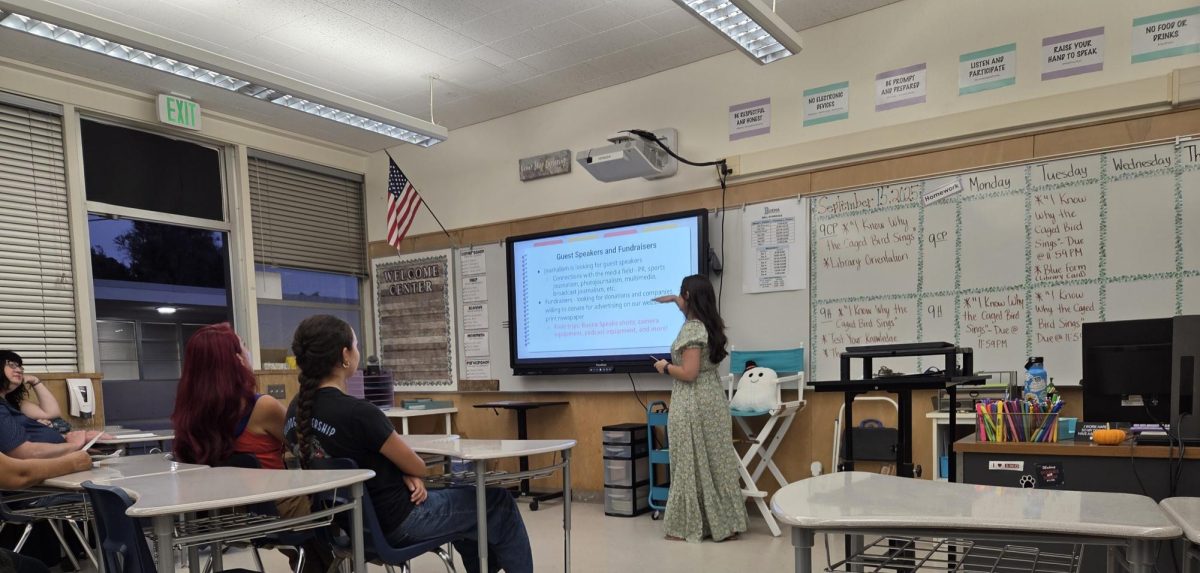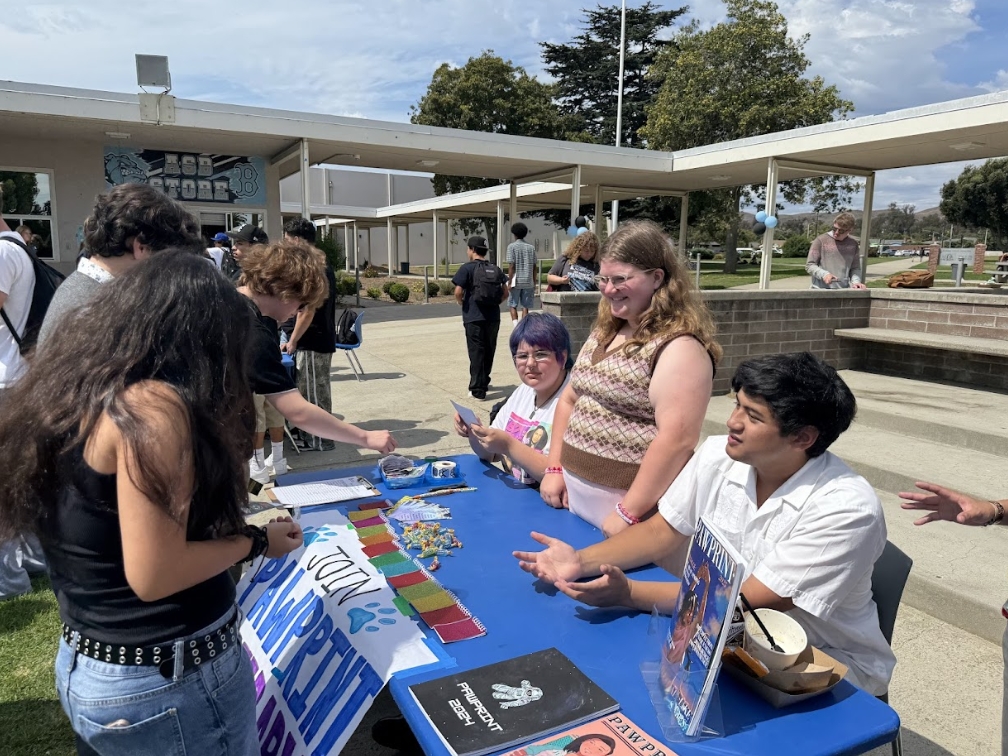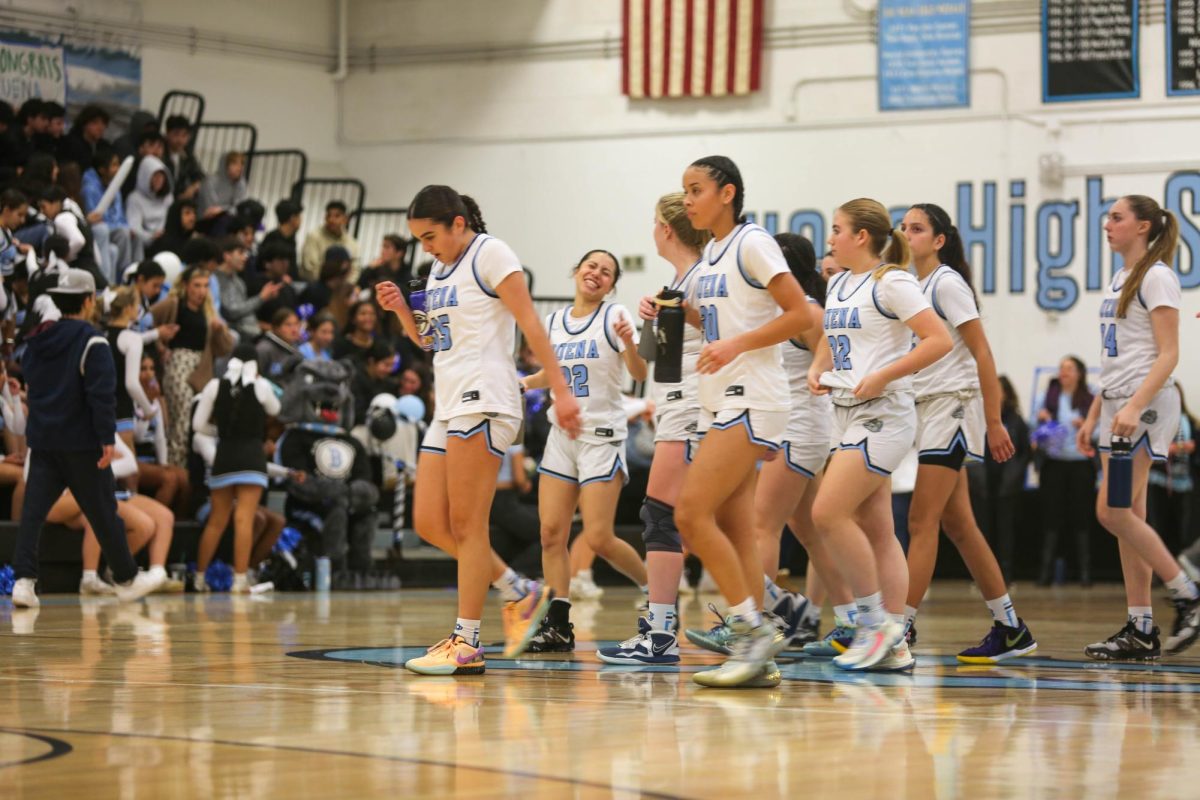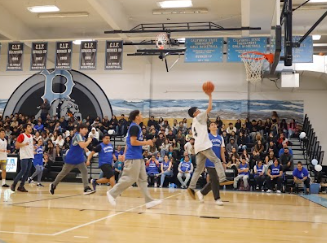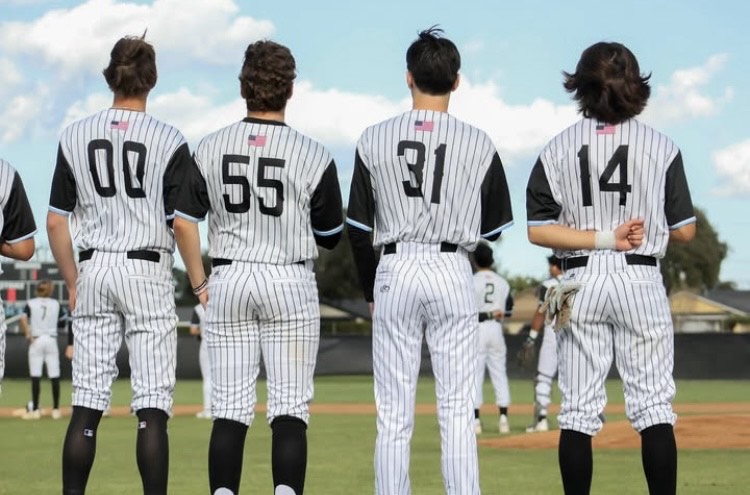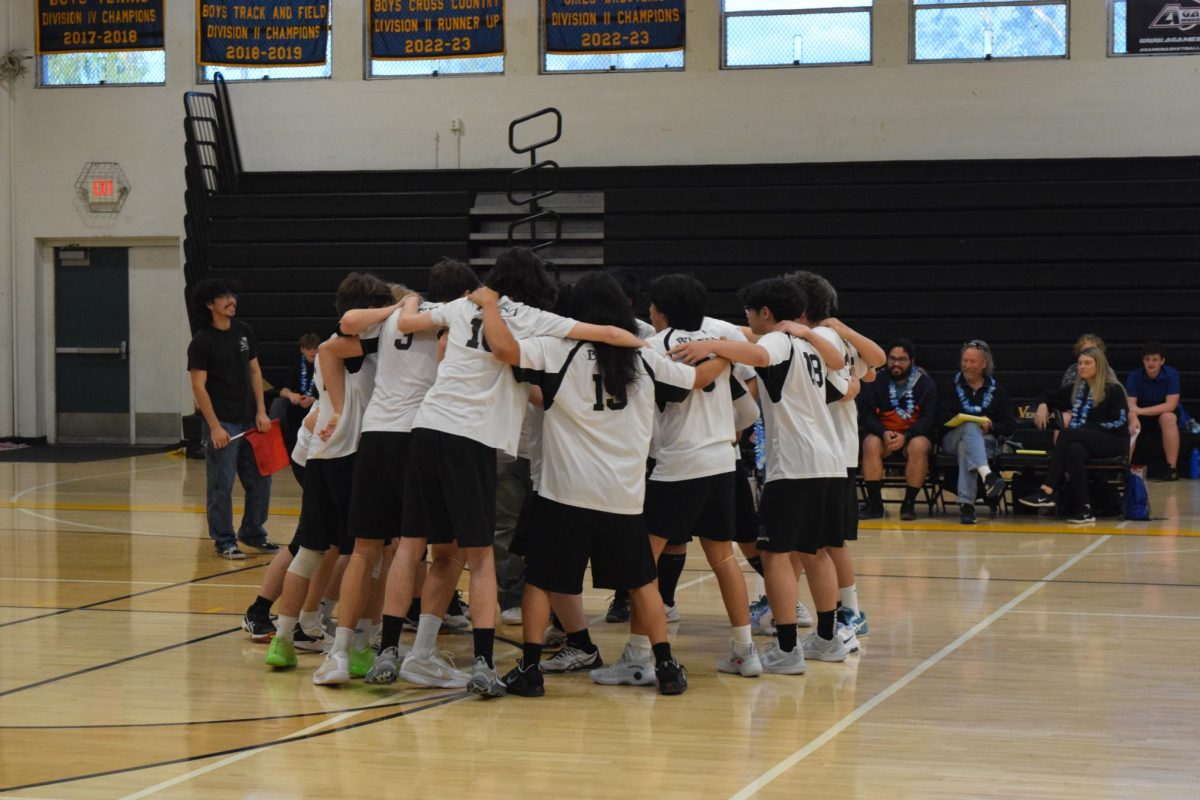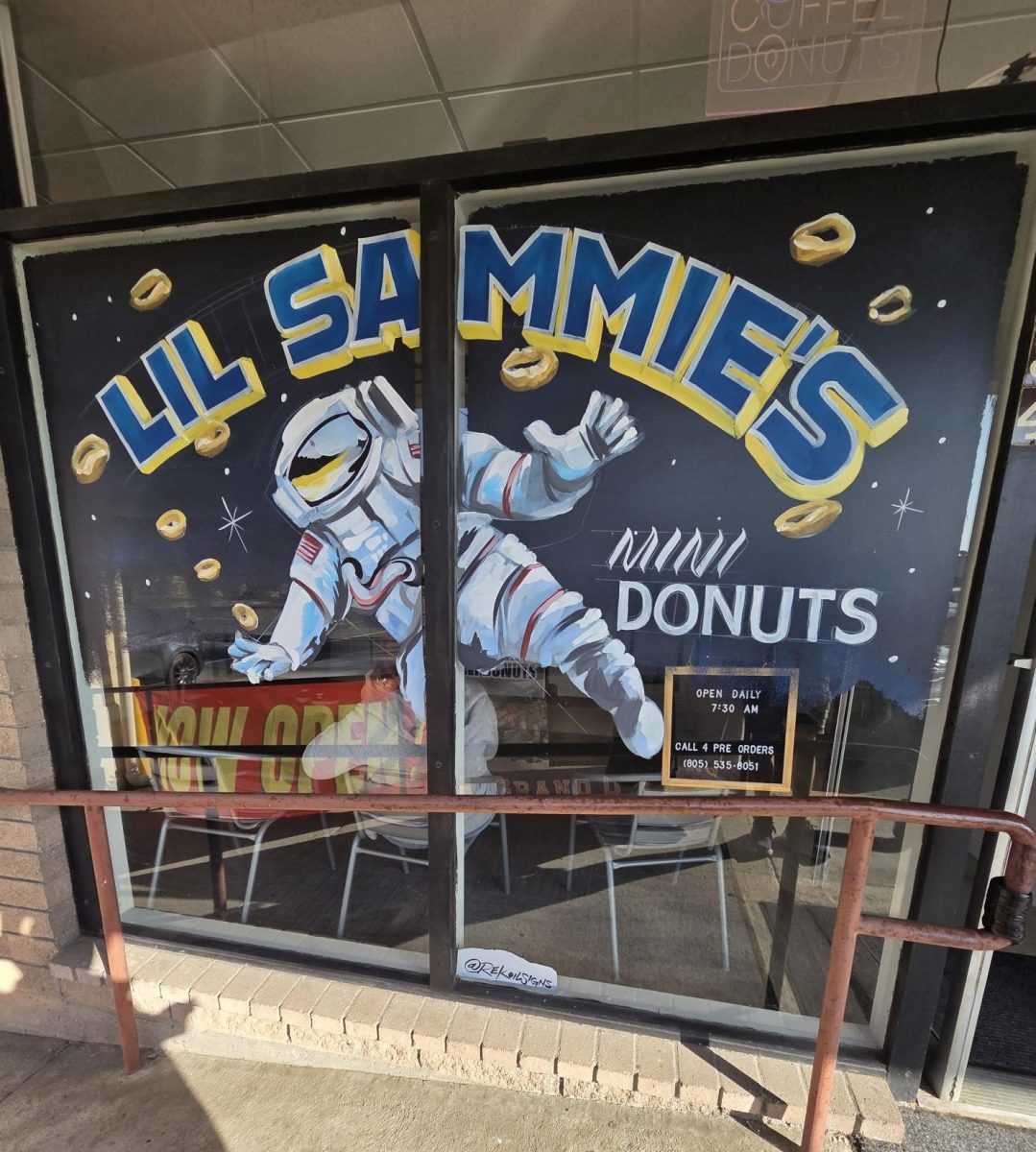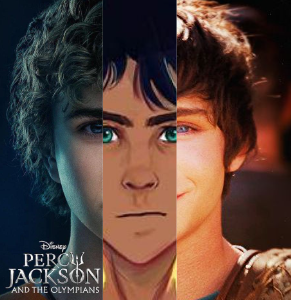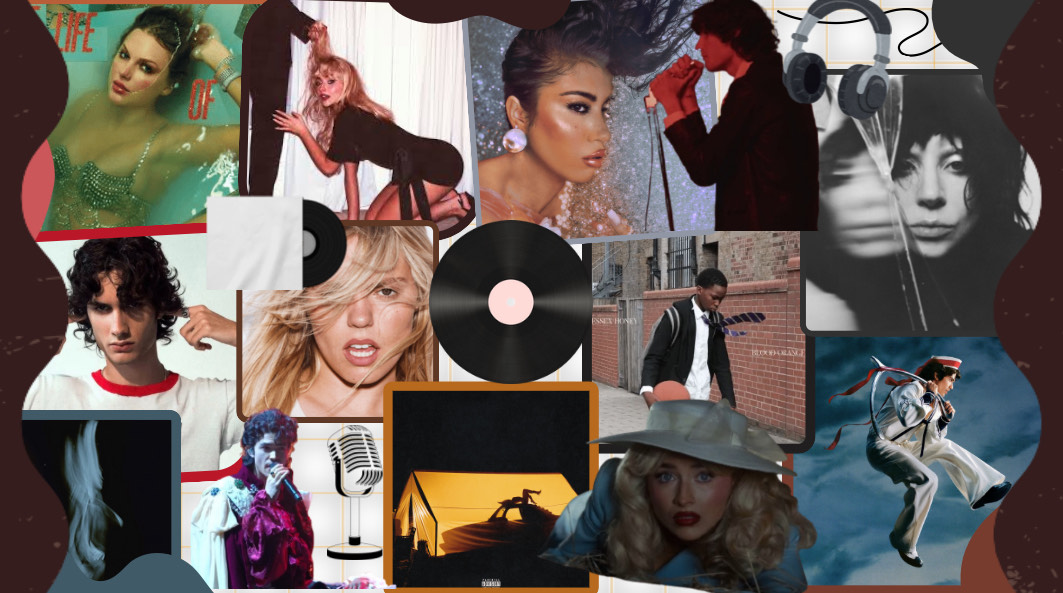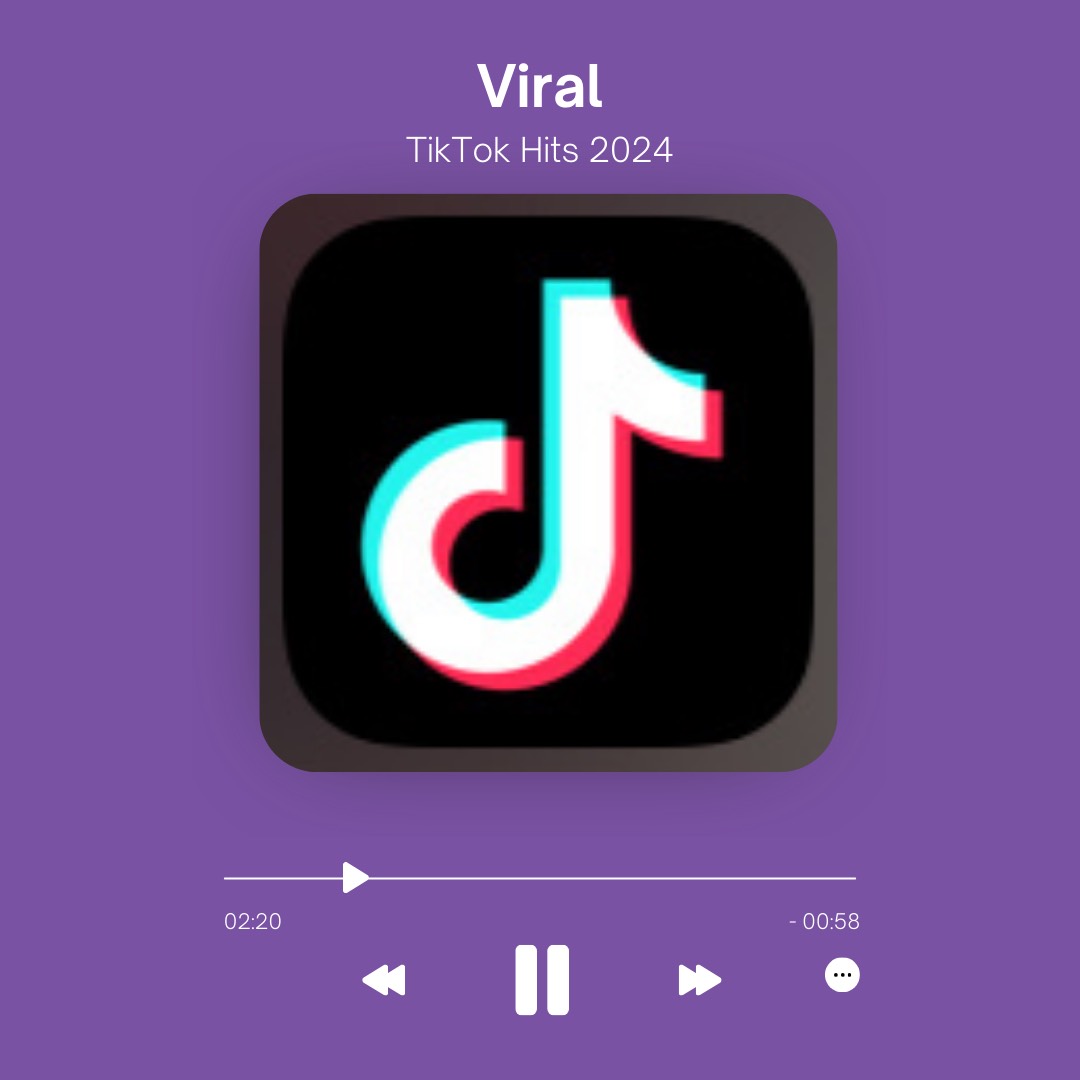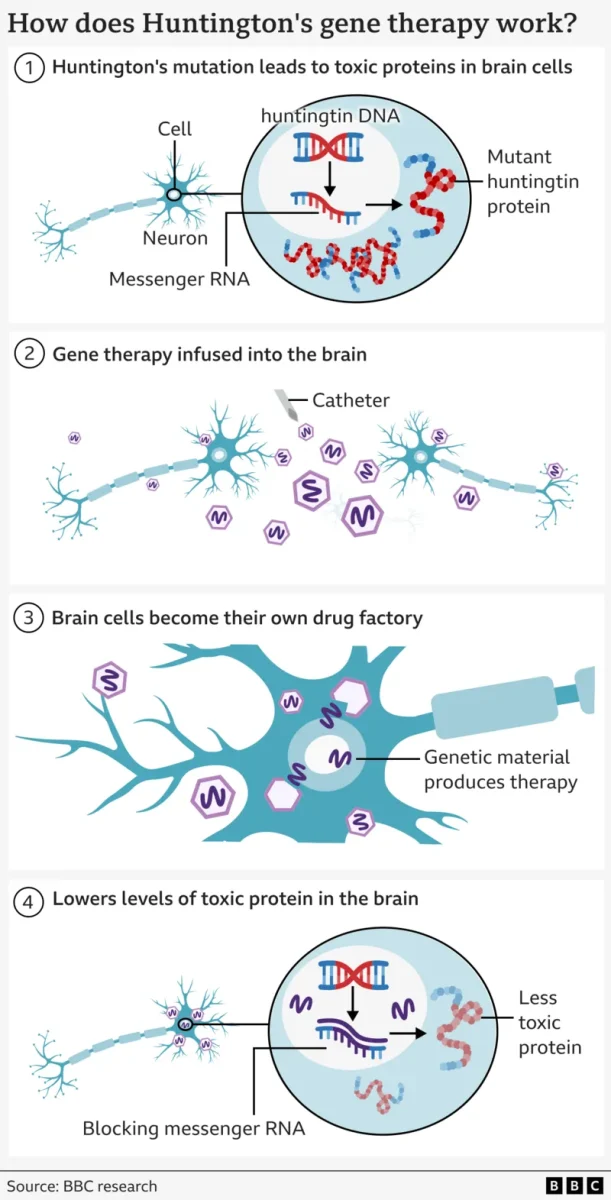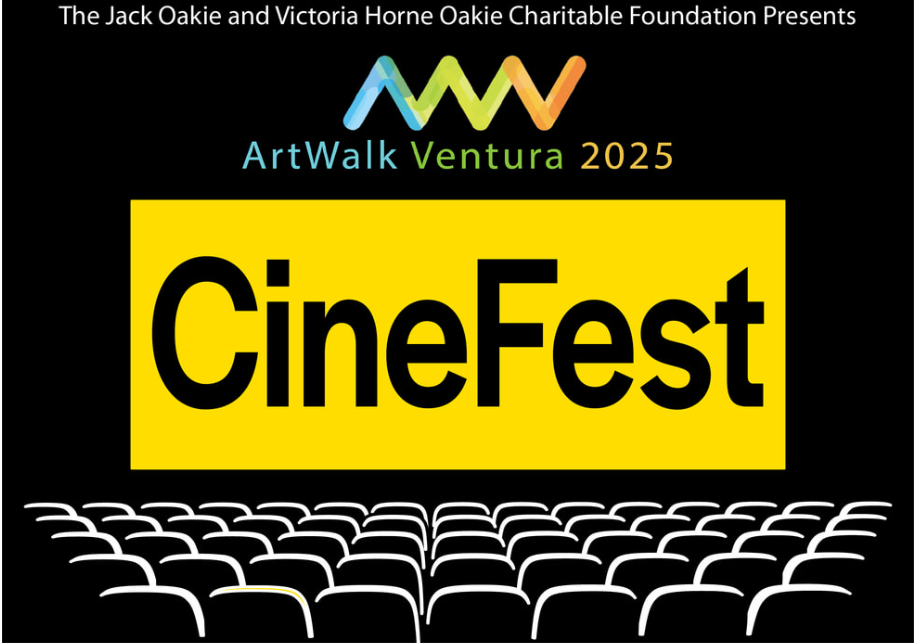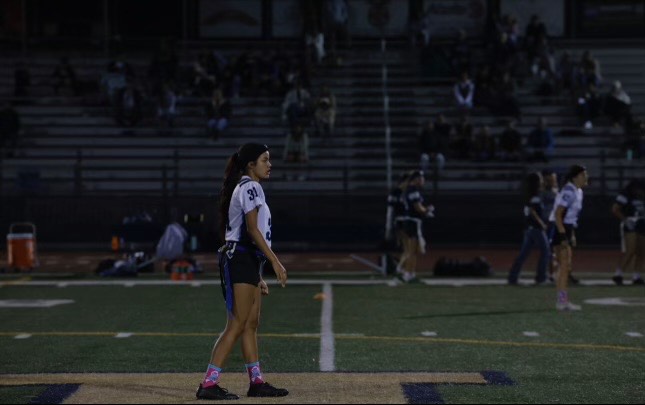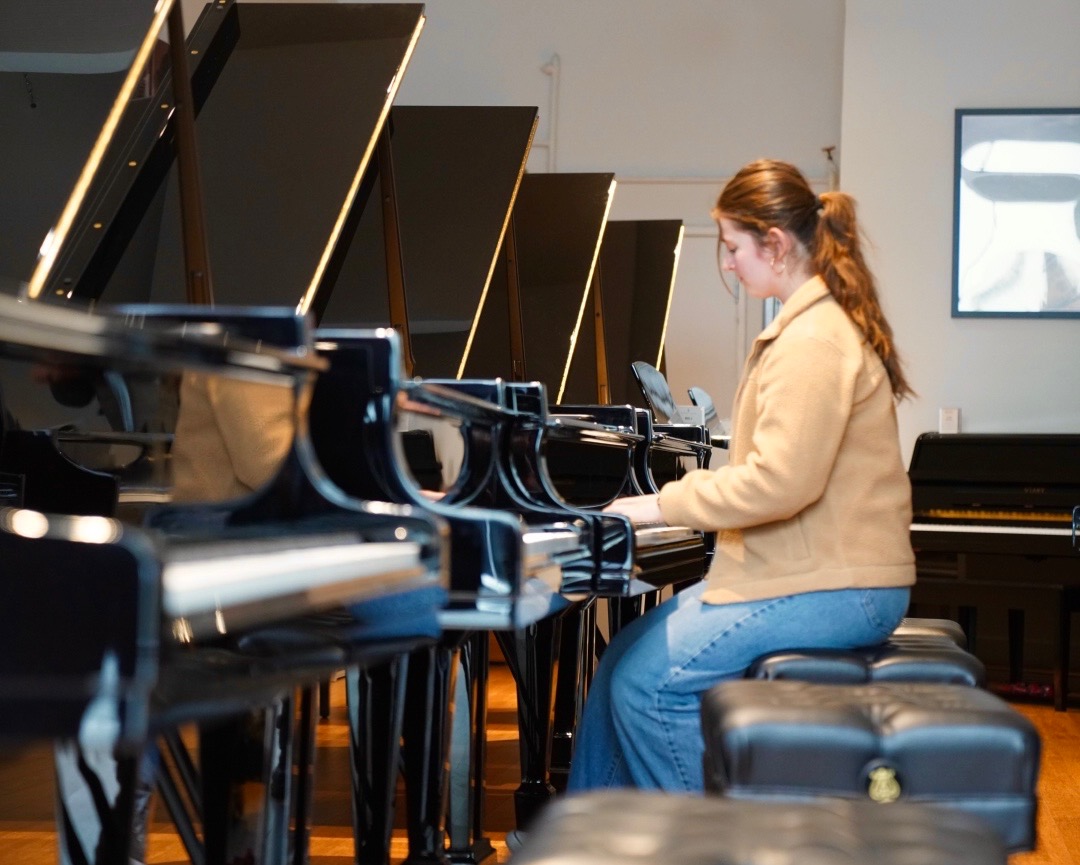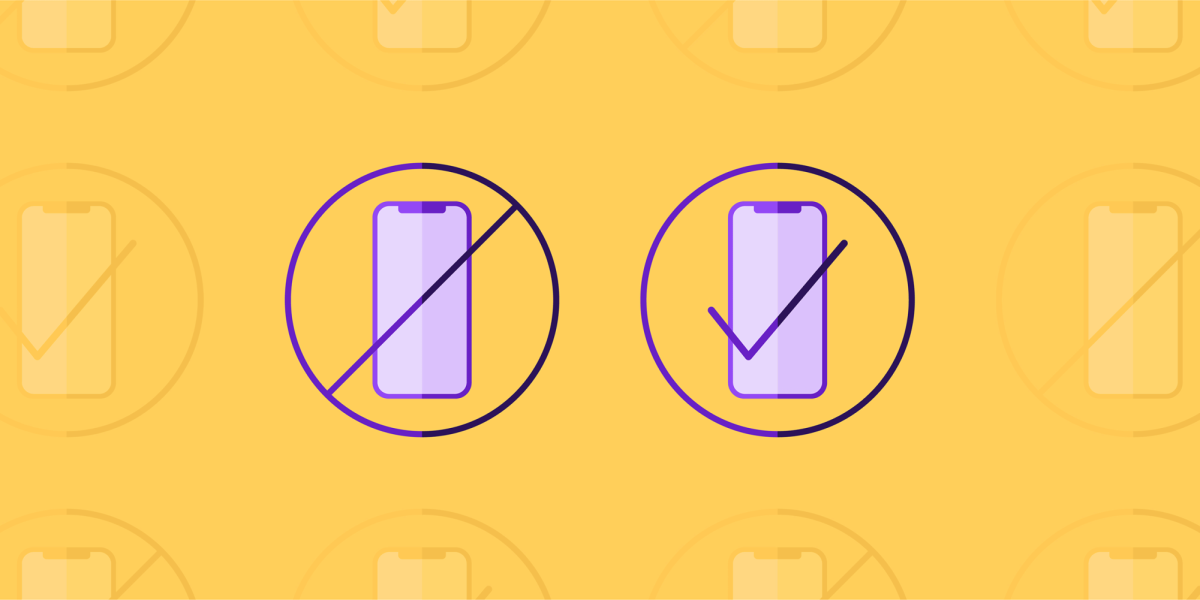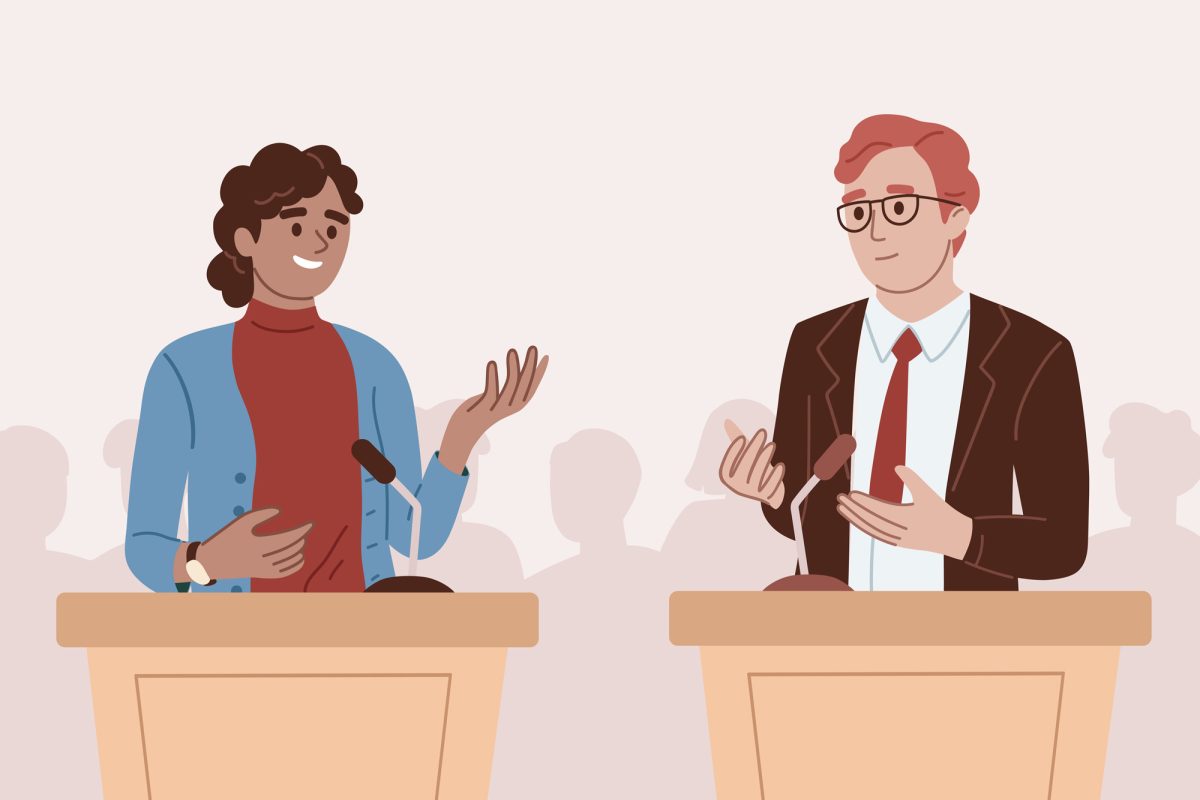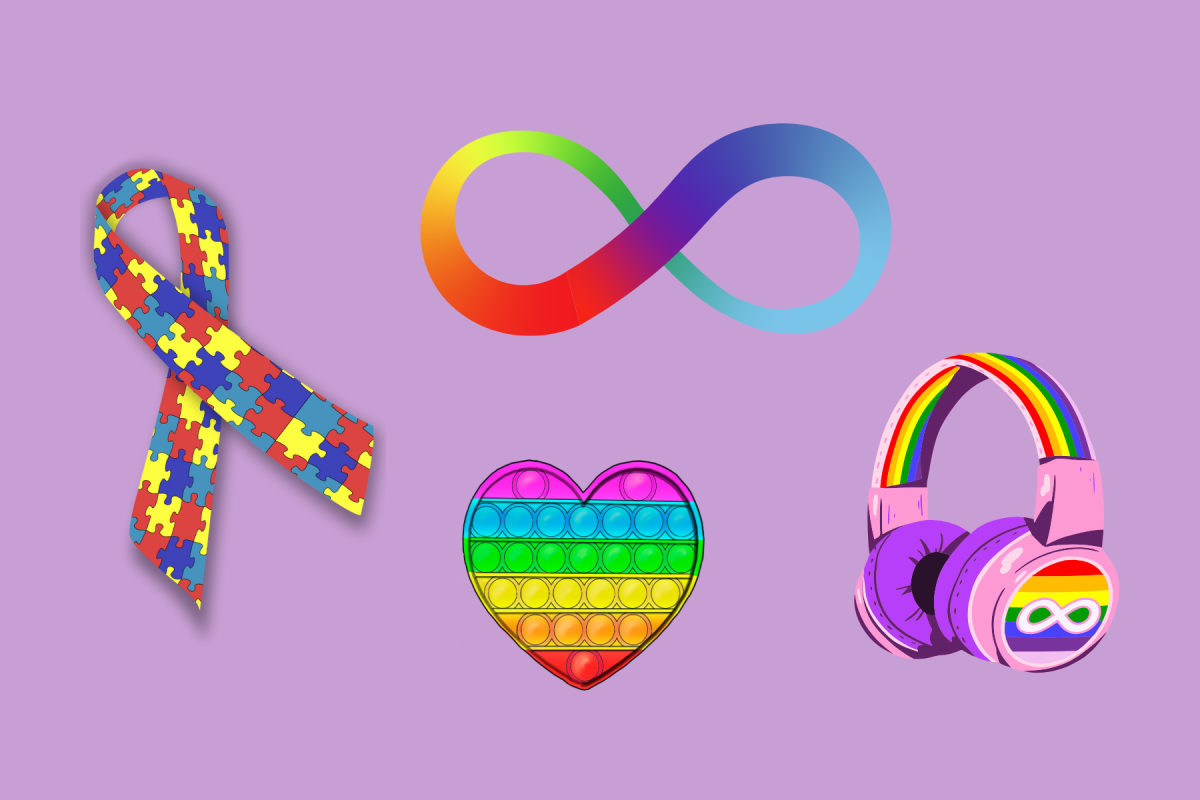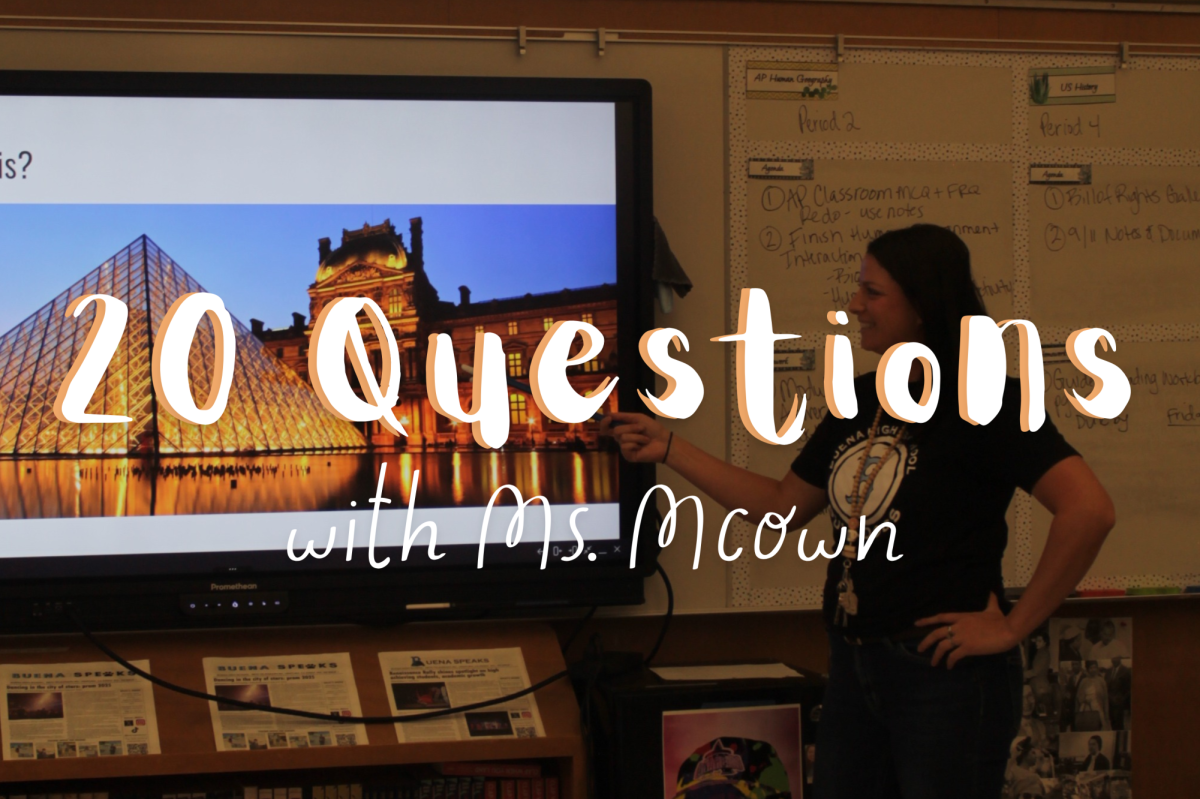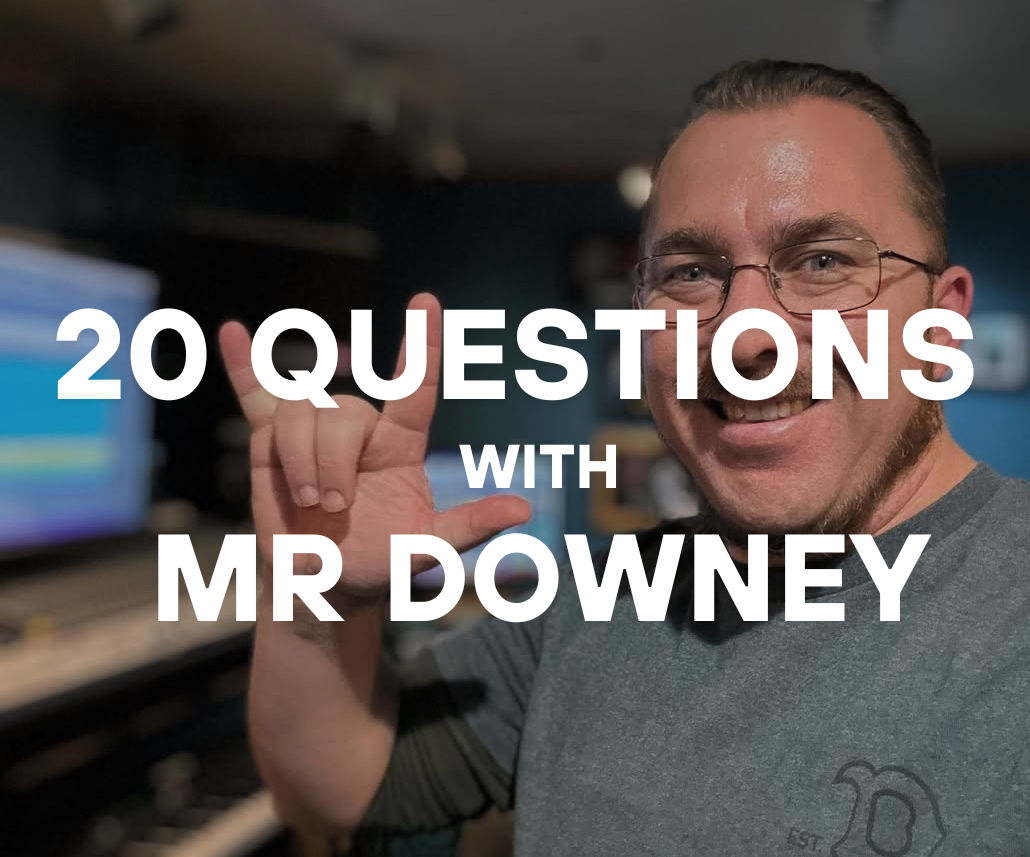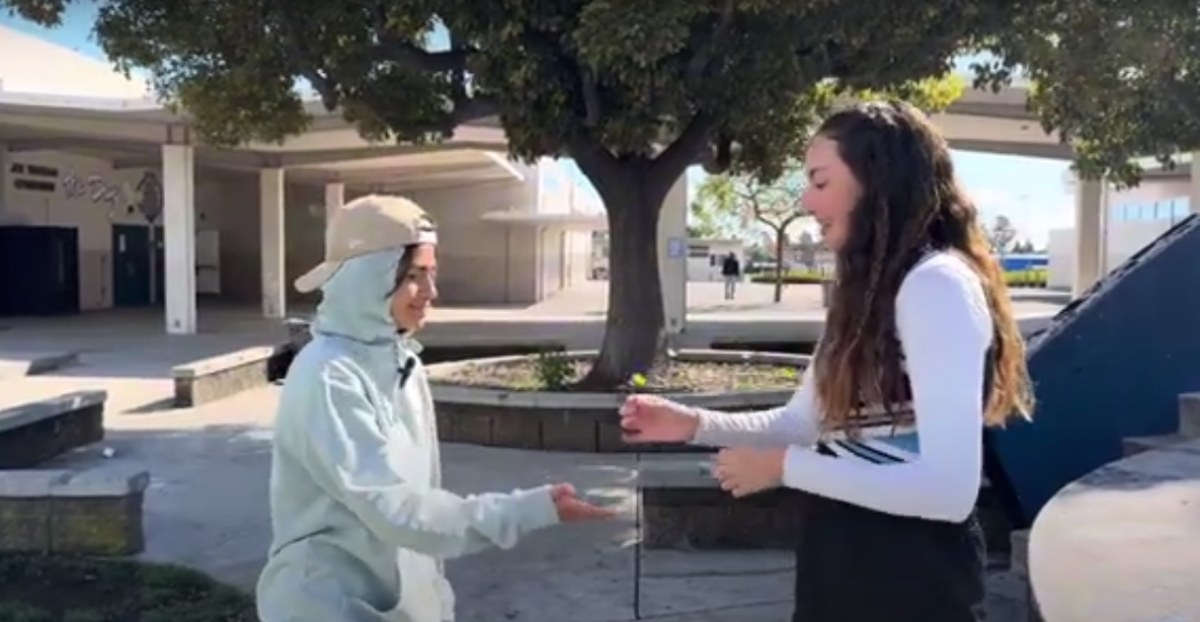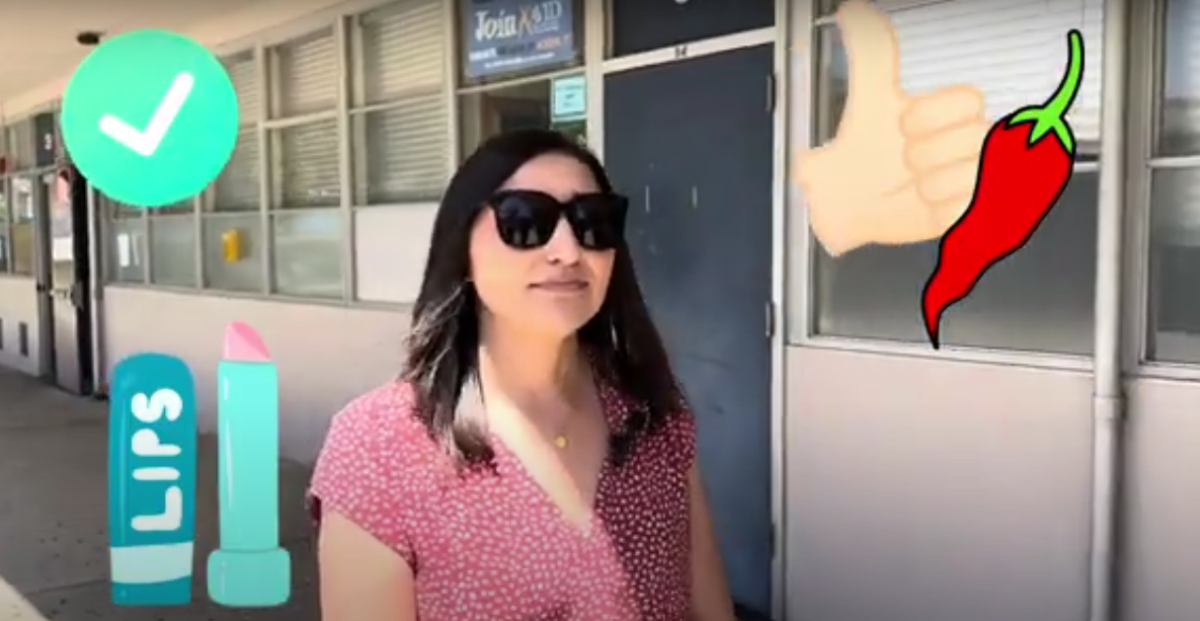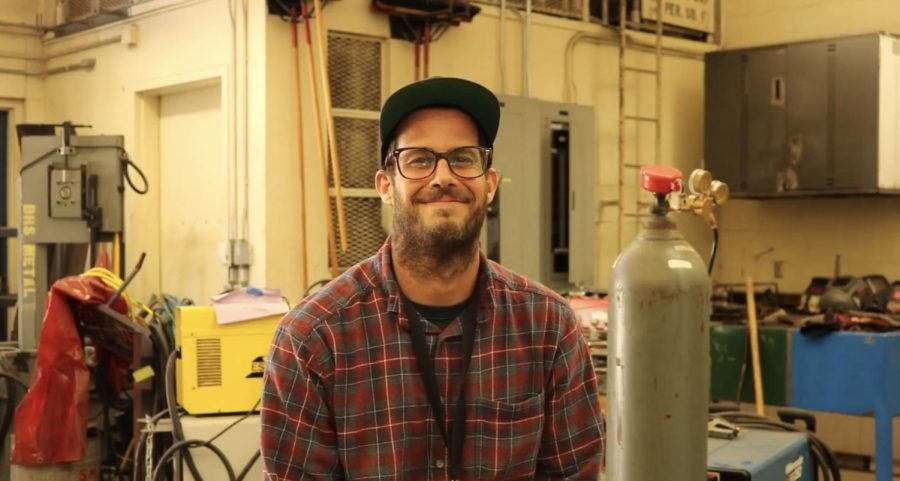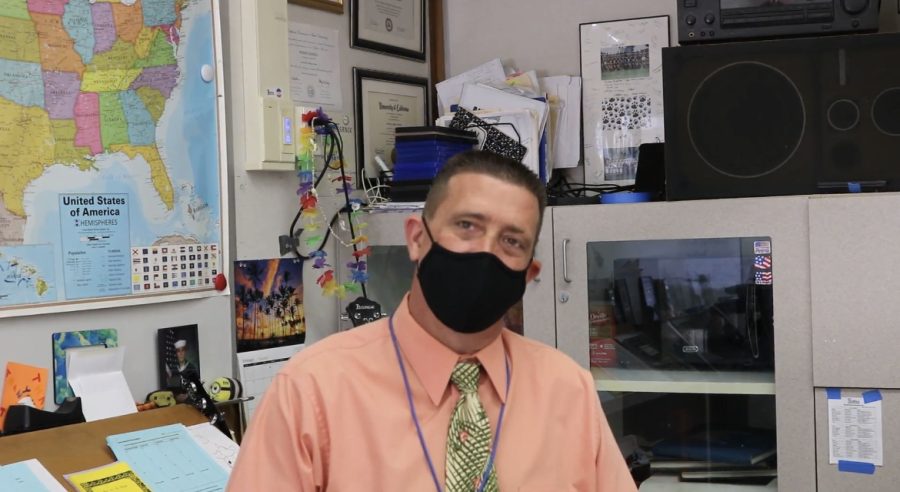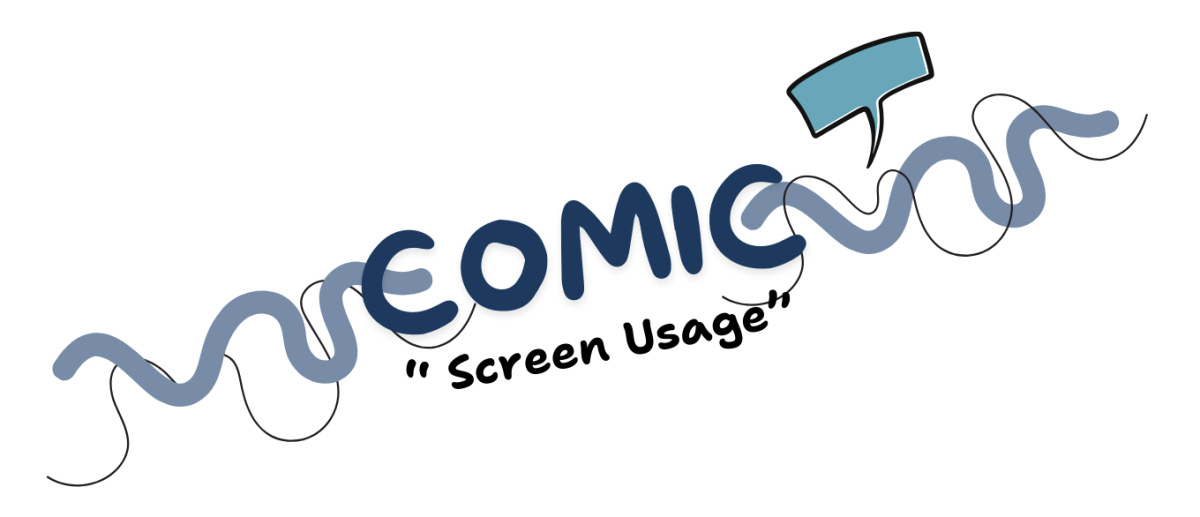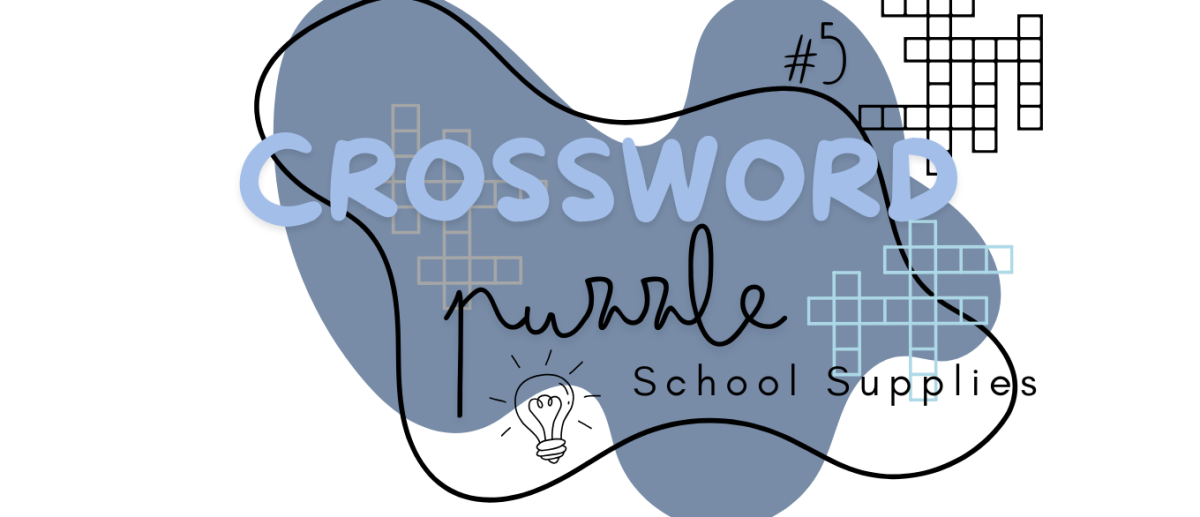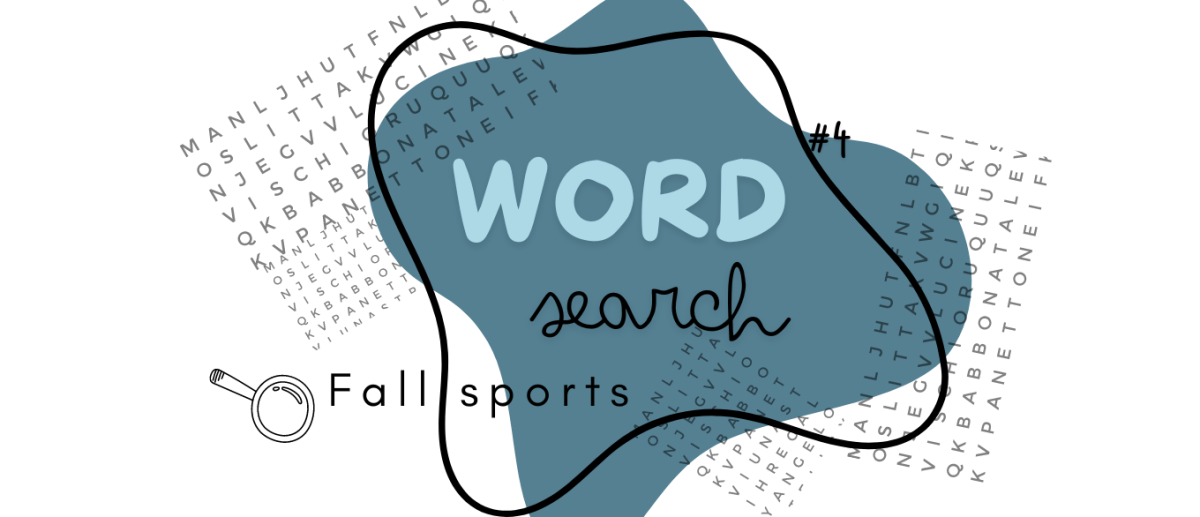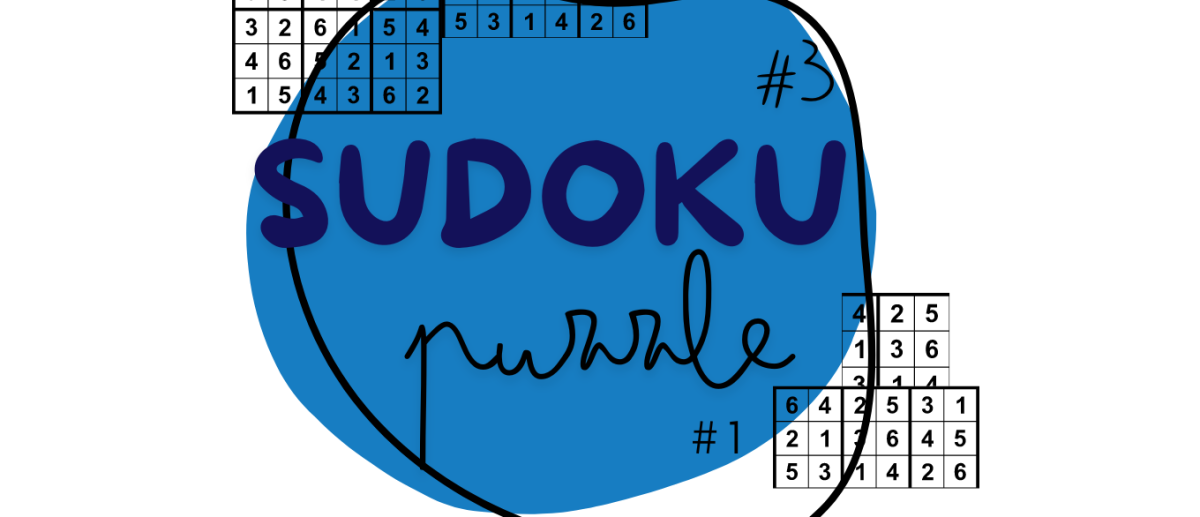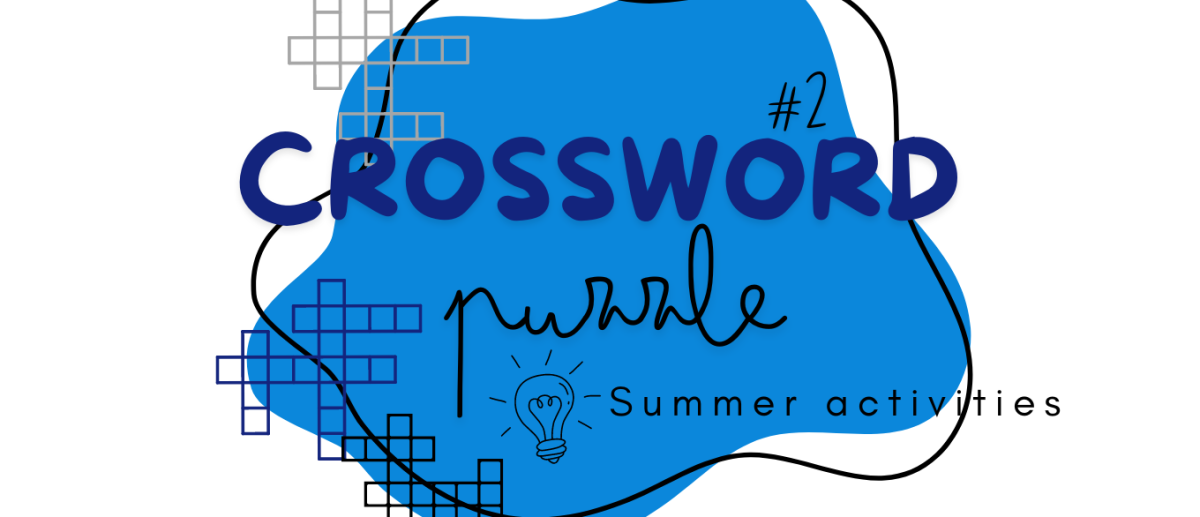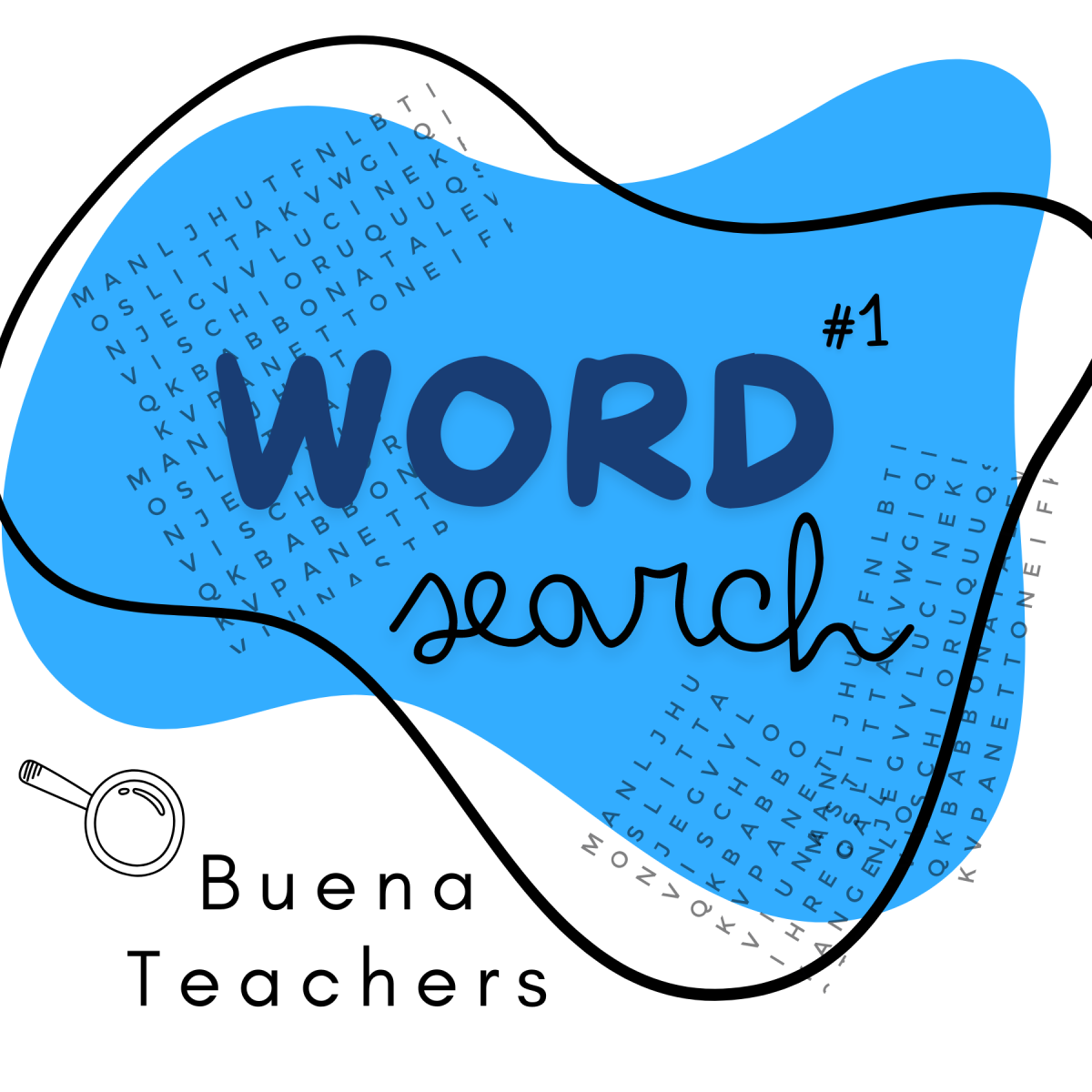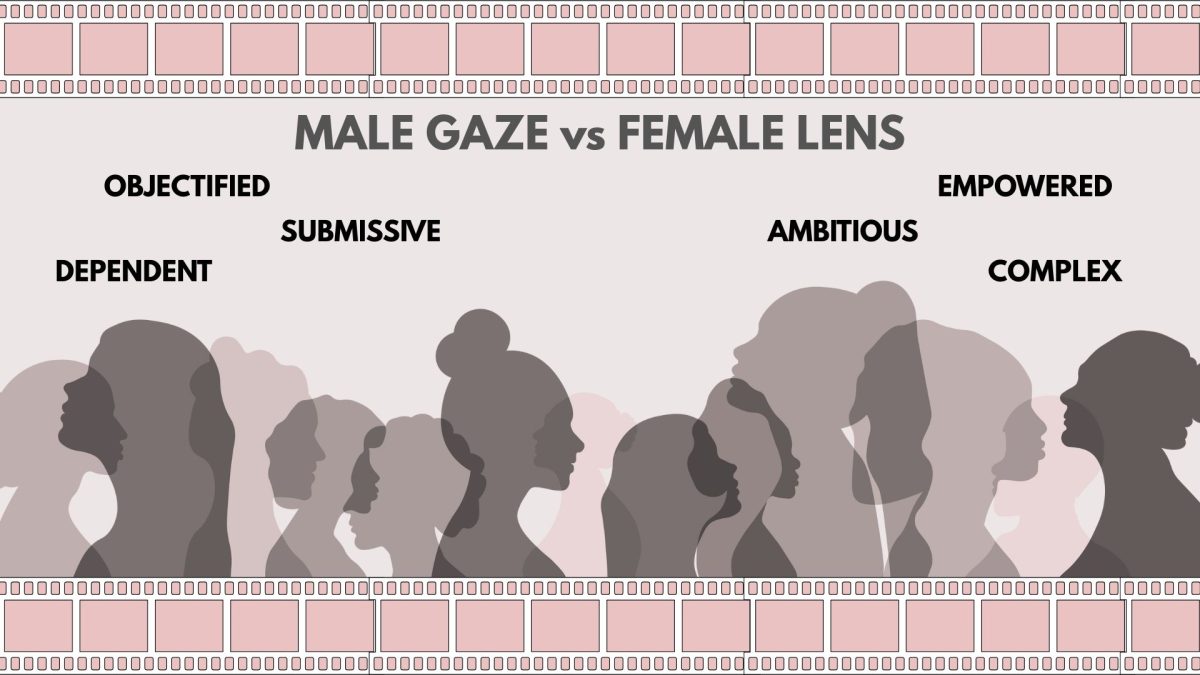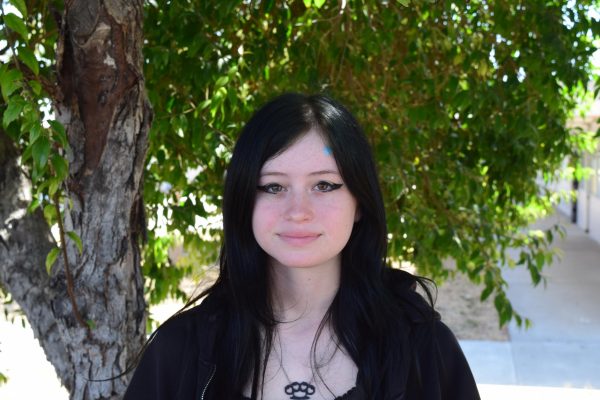Environmental impacts
Generative AI models can pop out coherent images and text in mere seconds, making the process seem effortless, but much more is happening away from the computer which raise concerns about sustainability and energy consumption, as AI modes require massive computation power. According to the International Energy Agency (IEA)’s 2024 analysis and forecast, data centers, used to train AI, and cryptocurrency already account for 2 percent of the world’s energy consumption for 2024, and are predicted to become the energy equivalent of Sweden. ChatGPT requires 2.9 Wh (watt-hour) per request, which is around 10.3 times the amount a single Google search demands.
Moreover, the cooling of these data centers can require a couple of gallons for every kWh (kilowatt hours) of energy. With millions of requests from not just ChatGPT, but from other large language AI models like it, the water and energy consumption might not turn out to be the best for the environment.
In the same document, the IEA suggests using a more efficient cooling system, which accounts for about 40 percent of the energy consumption when it comes to data centers. They even mention how machine learning, which is a form of non-generative AI, can help reduce energy demand “by optimizing [the servers’] adaptability to different operating scenarios.”
The Trump Administration established the bipartisan Energy Act of 2020, which promotes government analysis of the energy and water usage, efficiency, and documentation of data centers. One of the promises made by our recently inaugurated president relates to increasing fossil fuels; it’s possible this act could be wiped from the books.
Ethical Concerns
Proponents of AI often speak of how the advancement of AI will reduce the burden on menial tasks, allow workers to focus their brain power on more pressing tasks that require human creativity and critical thinking. However, quite the contrary has become apparent. AI artwork with sites like OpenArt have grown increasingly popular as of recent, something that was once thought to be a creative outlet has now become machine automated. It has been proven that this “artwork” is created by feeding real artists’ work into their system, stealing their work. This happens without the original artist’s consent.
Artists across the world already fighting to make a living now live in competition with art created by something non-human. Art created by AI is relatively easy to spot currently, many aspects don’t quite add up and things do not make visual sense. Despite there being easy ways to spot AI, it will not always stay this easy as AI is always learning and growing. With that, AI has become accessible to anyone with a smartphone and it’s already been the case that many videos, audios, pictures, and artwork have been mistaken as real. Art teacher Nicole Rapattoni worries that human creativity will be hindered by new technological strides.
“My fear around ai art is that it robs us of being creative because we can steal. It’s too easy to steal things from other people and we will lose skills…The lazier we become, the less connected we become” Rapattoni said.
“[Ai] is like plastic, the best invention ever… and look where we are now we can’t get rid of it. How do you navigate the world without plastic? Is it going to be the same with AI?” pull quote
As hopeless as it may seem, many digital artists are fighting back in various ways. Digital creators have found tools that corrupt the AI’s system. Nightshade, a website in protest of AI art, allows the user to put a “filter” over their artwork. To a human seeing the drawing, it looks completely normal with a shaded film over it, but when an AI puts the art into their system without consent of the artist, the AI will see various random images lodged into the art chipping away at the future images generated.
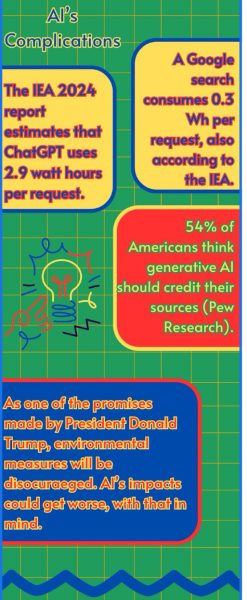
Use in the classroom
AI, particularly ChatGPT, has been misused by students to complete their homework and school assignments for them, ultimately undermining their own learning and development. Teachers and college professors alike have done their best to crack down on this by implementing AI content detectors.
AI content detectors have brought their own set of problems to the table. Oftentimes students’ hard work has gotten discredited as detectors wrongly flagged it as auto generated. The growth of AI is frightening especially when it’s being used by college students who will be our future doctors, lawyers and have cheated their way to a degree.
Although platforms like ChatGPT have been a threat to educators, many have found useful ways to implement AI despite its effect on students’ learning. Class Companion is an AI bot used to help teachers in giving feedback to students. Oftentimes, teachers have a large workload of assignments and this website helps teachers by giving students work feedback.
Environmental science teacher Micheal Yorke has found AI to be useful at times, using it as a starting point for drafting emails and creating study guides.
Although Yorke has found ways to make AI his right hand man, he empathizes how it can be damaging in class.
“Today in one of my [AP] science classes… I had them go on AP classroom and do a progress check… I had students get perfect scores on an 18 question multiple choice check with math involved that spent two minutes and 14 seconds doing the assignment.”
York felt that AI may have had something to do with this anomaly.
“If I were an English teacher trying to teach writing… it would be difficult to figure out how to police it,” Yorke said.
AI making its way into online platforms
As many view AI as a great tool for summarizing information, it’s not a surprise companies like Google have begun to incorporate it into their search engine, even if it misses key details at times.
But even websites that are not related to Google are implementing it, such as YouTube summarizing comment’s sections for users with AI and X,formerly known as Twitter, creating a clone of ChatGPT known as Grok.
Some people find these features useful and a way to sift through lots of comments and content. Others find it obtrusive and inaccurate, such as the YouTube AI comment responses for creators failing to make sense.
This is a part of a larger trend, and it can be seen with many other applications and websites. AI is the hottest new technology to regular people and investors at the moment, and so it may not be a surprise that so many of these corporations want to take advantage of this before the money slips through their fingers while their competitors are enjoying the cash rolling in.

